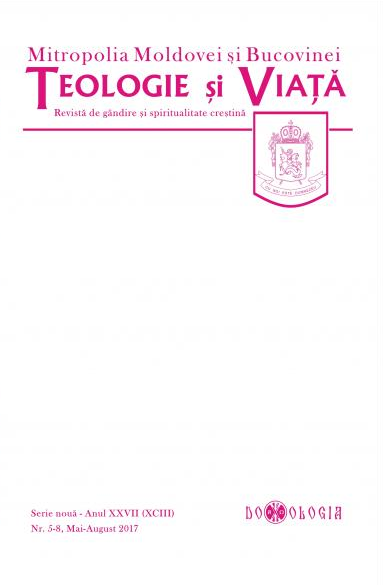Corurile bisericești și activitatea lor cultural-misionară (zona Humorului și Câmpulung Moldovenesc), în Bucovina interbelică
The church choirs and their cultural-missionary activity (the area of Humorului and Campulung Moldovenesc) in the interwar period of Bucovina
Author(s): Justinian-Remus CojocarSubject(s): Music, History of Church(es), Interwar Period (1920 - 1939), Eastern Orthodoxy
Published by: Editura Doxologia
Keywords: church choir; music; Bukovina; Câmpulung-Moldovenesc; Humor; The Metropolitan of Bukovina; the interwar period;
Summary/Abstract: Church choirs express the presence of a religious life in the parish. Most church choirs emerged right after The Great Union. They were ploughmen’s, peasant’s, archers’ choirs. They were led by church singers, trained in schools and by ordinary people, of various occupations, who had talent and love for choral singing. Generally, they would sing regularly on Sundays and holidays. In the Câmpulung-Moldovenesc and Humor areas, the church choirs would participate in the contests organized by the Metropolitan and the best were also invited outside Bukovina. The Great Feasts would enjoy the presence of the choirs that were really singing and chanting. The role of the choirs was to cultivate the parish, to make a mission through singing, to bring the people closer to God, to do propaganda and to unify the community. The choirs were subsidized by the Metropolitan and the dignity and organization of their leaders was demanded.
Journal: Teologie şi Viaţă
- Issue Year: 2017
- Issue No: 05+08
- Page Range: 41-60
- Page Count: 20
- Language: Romanian

